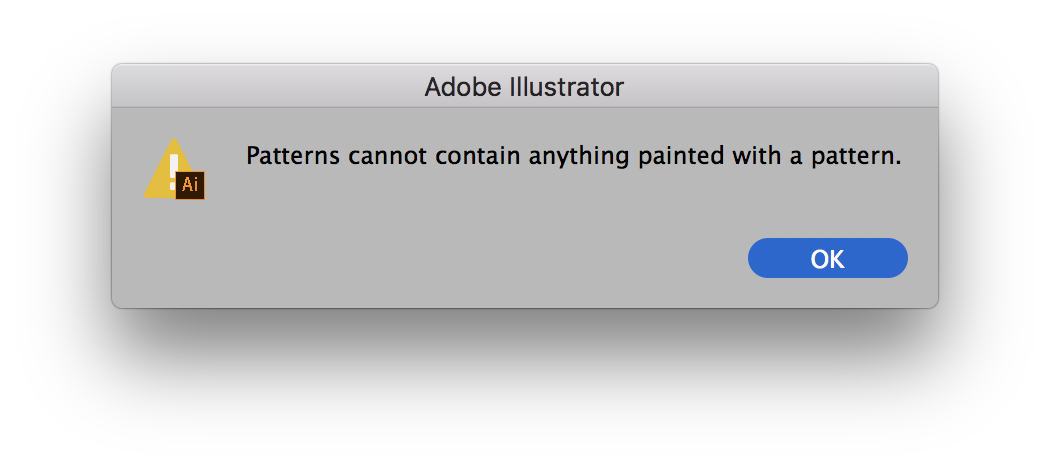How to transfer painting patterns easily. You will learn a simple method to trace a pattern to your painting surface. Some call these traceables.
It is so easy to transfer painting patterns and so helpful. When you are just starting to paint it is comforting to have a traceable pattern to work from. Especially if you can’t draw well, like me. Having a pattern can give you the confidence that your design will be in scale and let you focus on applying paint.
Sometimes, the dragon is painted in other colors, such as green. Meissen's Ming Dragon in Green; Royal Copenhagen's Flora Danica - This detailed pattern was based on botanical art from the 1790s. It is one of the most collectible and costly china patterns in existence. Royal Copenhagen's Flora Danica. Feb 24, 2016 - Free templates, tutorials, courses and online training for fashion designers to teach them essential industry skills like how to sketch fashion flats & layout line sheets in Adobe Illustrator, how to create tech pack templates, how to be a freelancer, and how to get ahead in their fashion design job.
Disclosure: This post may contain affiliate links, meaning I get a commission if you decide to make a purchase through my links, at no cost to you. Please read my disclosure for more info.

Secure pattern to surface

When you transfer painting patterns you want to make sure you keep the pattern lined up. Using painters tape secure the pattern to the surface. Create a hinge point along one side so you can lift the pattern and lay it back down in the same location. You will want to check your work from time to time.
Next, lay your graphite paper on surface beneath the pattern. I have a smaller piece here but you can use what size you have.
Note: There is a method where you color the back of the pattern with a pencil or piece of chalk instead of using the graphite paper. To me that is too time consuming and the chalk leaves a huge mess. This is faster, simpler and cost effective. Graphite paper is inexpensive and easy to acquire.
Transfer painting design
After you have it all laid out, use your pen or stylus to draw over top the main lines you wish to transfer. If you have newer graphite paper you will want to use a light touch. If you graphite paper is well used like the one I am using you will need to press firmer.
Check your lines
Before you go very far be sure to check your work by lifting the pattern and graphite.. See if your lines are transferring to your satisfaction. On a light surface like what I am working on here you want faint lines.
Oranges, yellows and many reds are not opaque and dark transfer lines with show through the paint.
I am pointing to my lines in the photo. You can barely make them out but I can see them well enough in person.
Lighten lines if needed
If you get some lines darker than intended you can erase them. The one eraser I have found that gets graphite off the best is Magic Rub Eraser. I am not referring to the Mr. Clean Magic Eraser. The actual eraser I am speaking of is linked below in the supply list so you can see one.
You are ready to paint
Now grab your brushes and paint. You are ready to get started on your new art work!
Painting patterns has become one of my favourite things to do while watching movies. I find it very calming, similar to those colouring books which were very popular for a while. Its fun and literally the easiest thing to do. If you can hold a paintbrush you can do this.
HOW TO PAINT PATTERNS ON PAPER
SUPPLIES
- Paper. The type of paper you buy will depend on the sort of paint you use. I prefer to use some sort of watercolour paper. But you should also keep in mind what you will be using the paper for. Thick watercolour paper isn’t the best if you’re wanting to use the patterns as wrapping paper.
- Paintbrushes. Any sort of paintbrush will work. You may want to get a finer paintbrush if you have a very intricate pattern.
- Pencils and ruler. These will be really useful if you want to draw your pattern before painting it. Depending on the complexity of the pattern you may want to try different versions in a sketchbook before choosing your favourite.
- Paint. This depends entirely on the sort of look you want your pattern to have. Watercolour is more transparent, gouache is more opaque.
PAINT PATTERNS
- Draw any kind of pattern you want. The one I am doing is based on a duvet cover I saw in IKEA.
- Paint!

And voilà. You made a pattern. Don’t worry about it being perfect. I find the imperfections make the pattern more interesting to look at. You can also use decorative paper punches to make a stencil to trace around. Just like the ones I have done below. If you really wanted to you could transfer these patterns onto large sheets of paper and create your own wrapping paper. If you have the supplies lying around this would be much cheaper than buying your own wrapping paper. It would also make the gift even more special because you make part of it yourself.